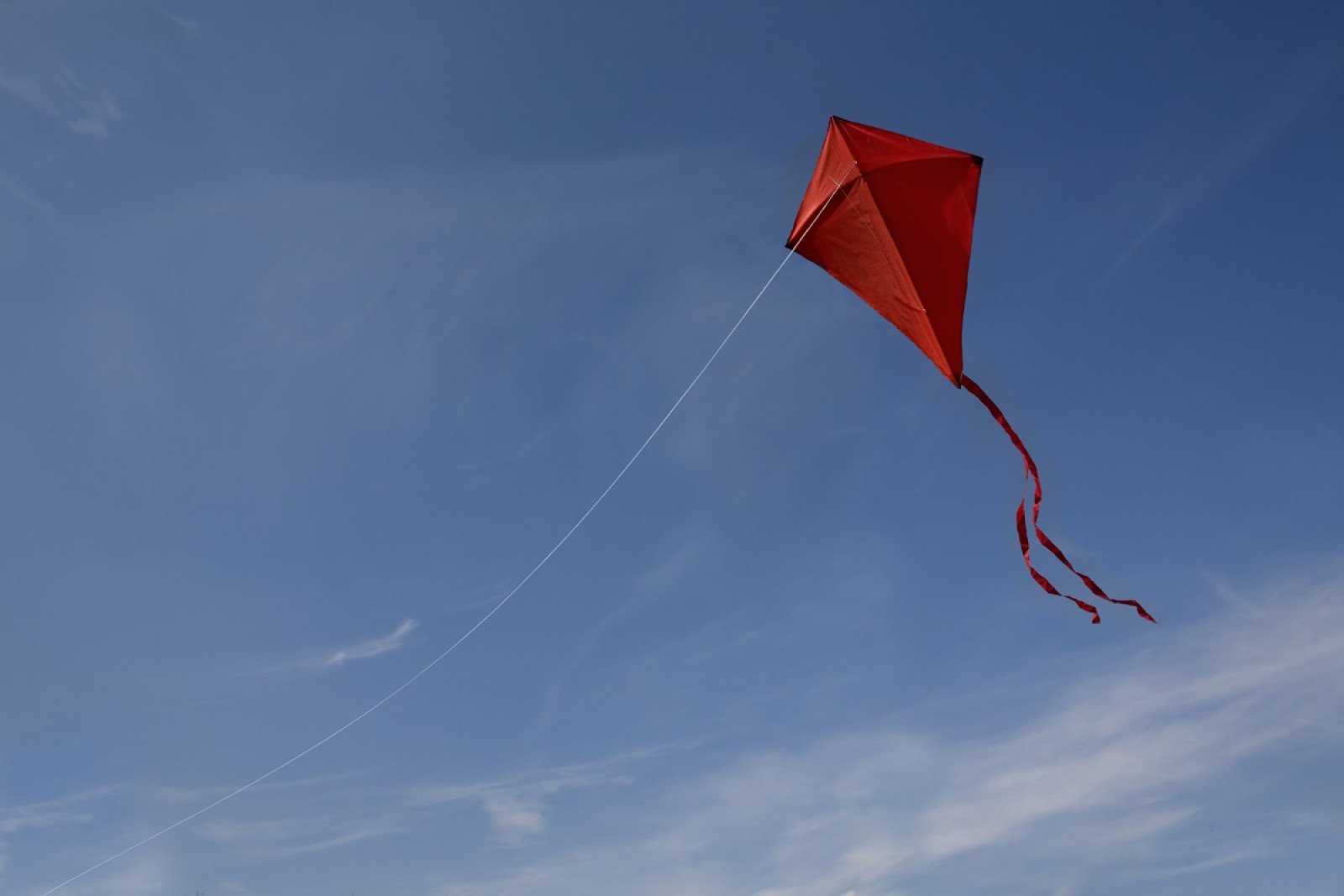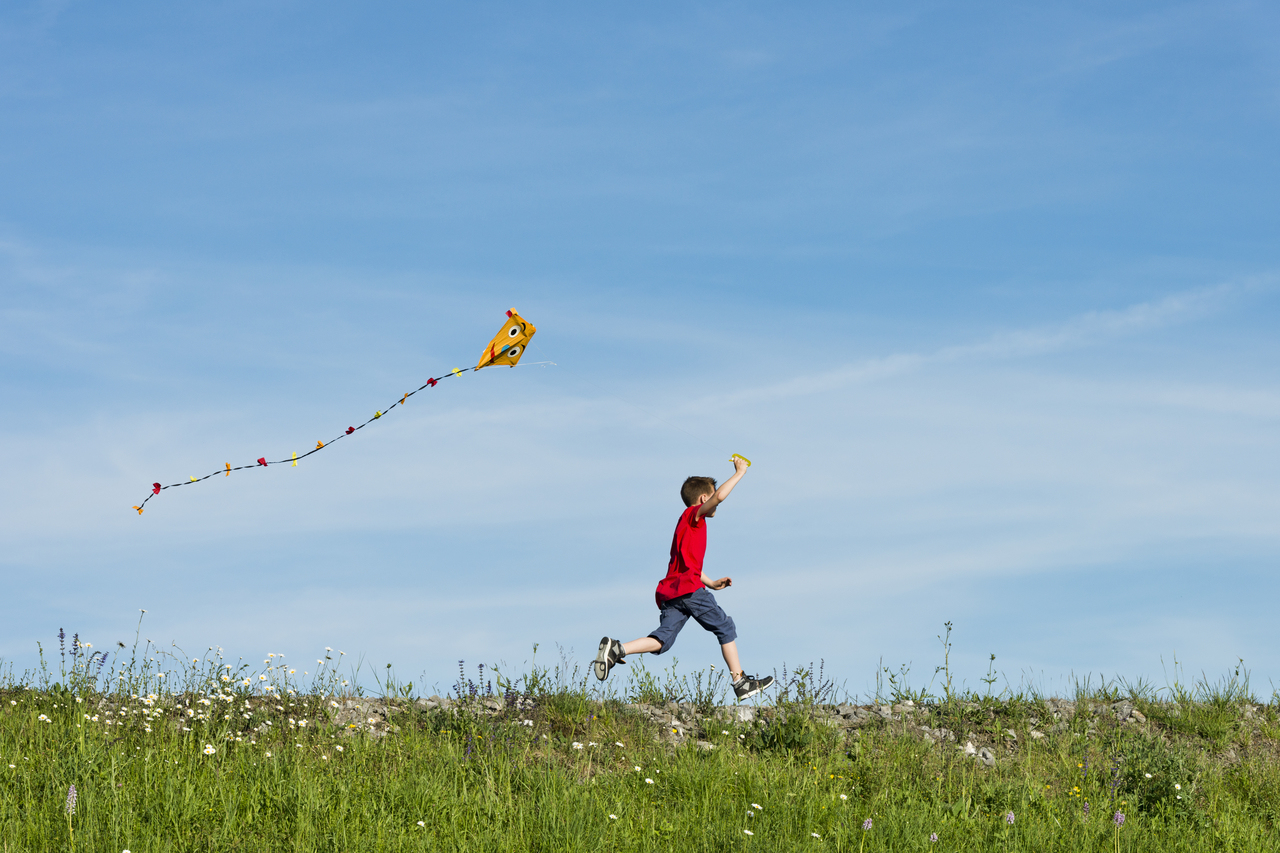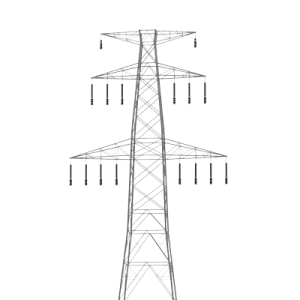
Overview
Electricity is all around us and travels through power lines to our homes in a way that’s designed to be very safe. But when we’re outside having fun (flying kites or climbing trees) there are important rules that can help keep us safe. Kids learn to “stay away to stay safe” by brainstorming safety rules and working on a crossword, safety mazes and worksheets.
Instructions
What you'll need
- "Electrical safety crossword"
- "Stay away to stay safe" worksheet
- Pens, pencils, markers
- Ask students which things in the home and school use electricity.
- Explain that wires and cords are carrying electricity. We can’t see electricity, so you don’t know if a wire is safe just by looking at it.
- Have students brainstorm what they think should be the top electricity rules for staying safe and write down their ideas.
- Write the Top 10 electrical safety rules on the board:
- Don’t put your finger in an outlet.
- Keep forks out of toasters.
- Don’t go near trees that touch power lines.
- Don’t fly kites near power lines.
- Stay away from power lines lying on the ground (any wire found on the ground outside your home should never be touched - always find an adult to ask for help).
- Never pull a plug out by the cord.
- Stay away from substations.
- Stay away from the big, metal boxes with warning signs.
- Never use anything with a cord or plug around water.
- Watch for warning signs.
- Hand out the "Electrical safety crossword" for kids to fill out in pairs or fill it in together as a class by figuring out which words are missing from each safety rule.
- Read through the answers together (answers are printed along the bottom of the worksheet).

- Now let’s think about when we’re playing outside:
- It’s important to never fly kites or balloons near power lines because electricity is always trying to find the easiest path to the ground.
- If a kite gets too close to a power line, electricity can actually travel through the string to you, trying to get to the ground.
- Remind students to always find a big open space when flying a kite.
- Let's practice what we’ve learned – working with a partner, have students complete the "Stay away to stay safe" worksheet, where we can spot the difference between two pictures, safely navigate through mazes and sketch a safety activity.
Modify or extend this activity
- Ask students if they have any questions or stories about electrical safety.
Curriculum Fit
Grades 2, 3 Physical and Health Education
Content
- Strategies and skills to use in potentially hazardous situations
Curricular competencies
Social and community health
- Identify and describe avoidance or assertiveness strategies to use in unsafe and/or uncomfortable situations
Assessments
- Assess student participation in the classroom discussions.
- Assess student’s ability to complete the worksheets.
- Assess the ability of your students to communicate their understanding of how to stay safe around electricity.
Teaching Notes
- Electricity is always trying to find the easiest path to the ground and if a kite gets too close to a power line, electricity could travel through the string through the person holding the kite, trying to get to the ground.
- BC Hydro outages and safety is a great source of safety information.







